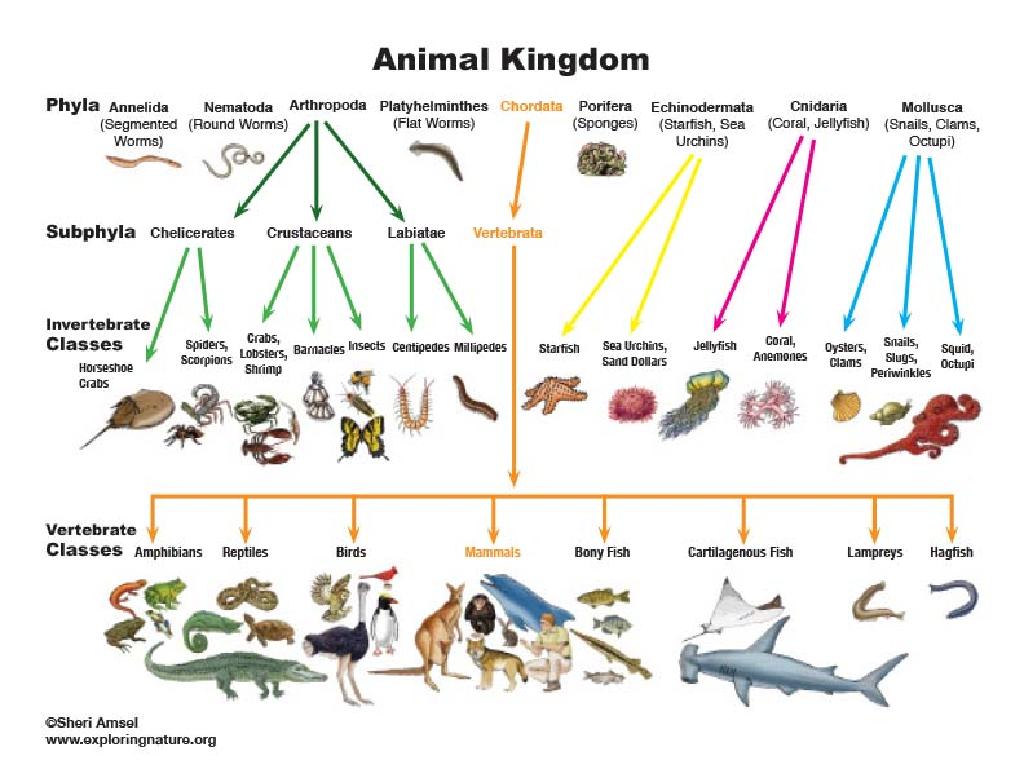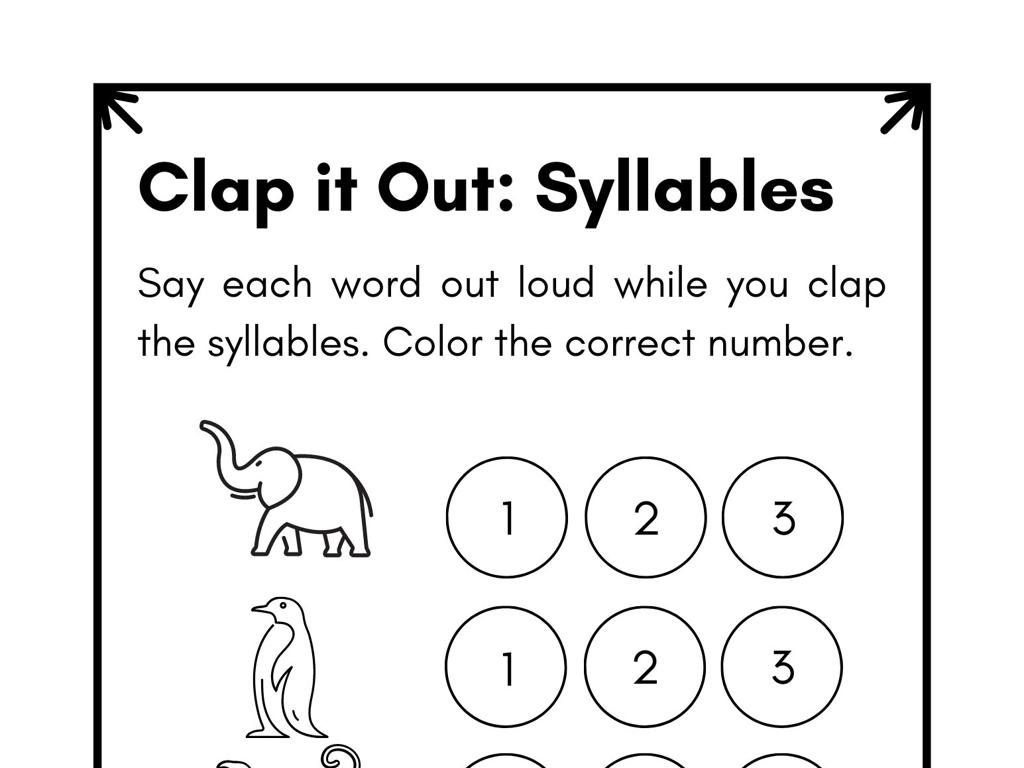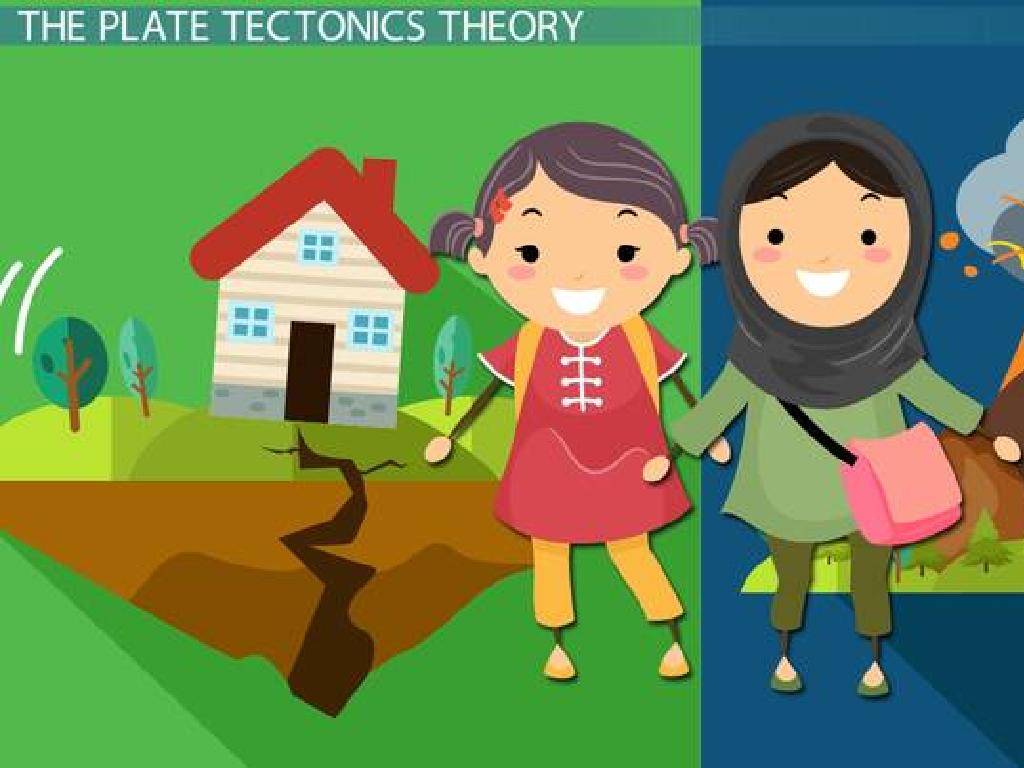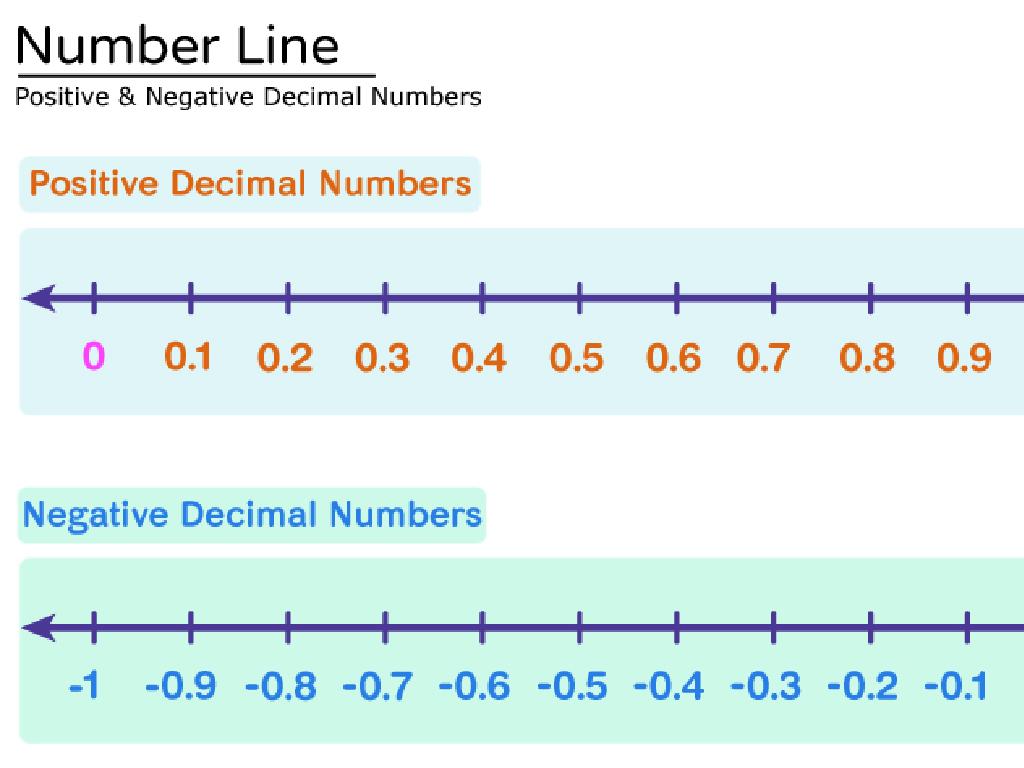Abbreviate State Names
Subject: Language arts
Grade: Fourth grade
Topic: Abbreviations
Please LOG IN to download the presentation. Access is available to registered users only.
View More Content
Abbreviating State Names
– What are abbreviations?
– Shortened forms of words or phrases.
– Why use abbreviations?
– To save space and time in writing.
– State names abbreviation
– Each state has a unique two-letter code.
– Practice with examples
– CA for California, NY for New York.
|
This slide introduces students to the concept of abbreviations, with a focus on state names. Begin by explaining that abbreviations are shorter versions of words or phrases, which are commonly used to save time and space, especially in writing. Discuss why abbreviations are practical by giving examples of long phrases that are often abbreviated. Then, move on to the specific topic of state name abbreviations, explaining that each state has a two-letter code used in addresses, mailing, and various forms. Provide examples of state abbreviations and encourage students to practice by writing out the full state name next to its abbreviation. This will help them become familiar with the most common state abbreviations.
Understanding Abbreviations
– What’s an abbreviation?
– A shorter version of a word or phrase
– Abbreviations in daily life
– Like Dr. for Doctor, St. for Street
– Abbreviating state names
– Every state has a short form, like NY for New York
– Practice with examples
– Let’s try abbreviating some states together!
|
Begin the lesson by explaining what an abbreviation is and why we use them to save space and time in writing. Provide everyday examples that the students are likely to encounter, such as Dr. for Doctor or St. for Street. Then, transition to the specific topic of state name abbreviations, explaining that each state has its own unique two-letter abbreviation. Engage the students by having them practice with examples, asking them to abbreviate states they know and to identify states from their abbreviations. This interactive approach will help solidify their understanding of abbreviations in a fun and practical way.
Why Abbreviate State Names?
– Saves time and space
– Like turning ‘California’ into ‘CA’
– Simplifies long names
– ‘Massachusetts’ becomes ‘MA’
– Used in addresses
– On envelopes and postcards
– Important for documents
– In official paperwork, like forms
|
This slide explains the practical reasons for abbreviating state names, which is a skill particularly useful for writing and understanding addresses and formal documents. Abbreviations help to save time and space, especially when dealing with long state names or when writing is limited by space, such as on an envelope. It’s also easier to remember and write the abbreviated form. Students should learn the standard two-letter abbreviations for each state as they are commonly used in various contexts. Provide examples of addresses and formal documents where these abbreviations are used. Encourage students to practice by writing their own address using the state abbreviation.
State Names as Abbreviations
– Every state has a 2-letter code
– For example, CA for California, NY for New York
– Abbreviations used in addresses
– Like on envelopes or postcards you send
– They’re important in geography
– Helps in reading maps and understanding locations
– Learn to recognize all 50 states
|
This slide introduces students to the concept of state abbreviations, which are a standardized two-letter code for each state in the U.S. These abbreviations are commonly used in mailing addresses, geography lessons, and various forms of data representation. It’s important for students to become familiar with these abbreviations as they will encounter them in many aspects of daily life. Encourage the students to memorize the abbreviations through practice and repetition. Provide examples of how these abbreviations are used in real life, such as on envelopes or in a list of states on a weather map. You can also plan activities where students match the state names with their corresponding abbreviations or use a map to locate states based on their abbreviations.
State Abbreviations
– Abbreviating California
– CA is the short form for California
– Abbreviating New York
– NY stands for New York
– Abbreviating Florida
– FL is how we write Florida shortly
– Let’s learn more together!
|
This slide introduces students to the concept of abbreviating state names, which is a common practice in writing and addressing letters. Start by explaining that each state has a short form, or abbreviation, that is made up of the first letters of the state’s name. Show examples with California (CA), New York (NY), and Florida (FL). Make sure to point out patterns, such as many state abbreviations use the first and last letter. After going through these examples, engage the class by asking them to find the abbreviations for their own state or others they know. This activity will help them become familiar with the abbreviations and understand their use in daily life.
Practice Time: State Abbreviations
– Match states with abbreviations
– Pair up ‘California’ with ‘CA’, ‘Texas’ with ‘TX’
– Consider first letters and sounds
– ‘K’ sound in ‘Kentucky’ leads to ‘KY’
– Use a U.S. map for hints
– Look at the map to find ‘FL’ for ‘Florida’
– Share your matches with the class
|
This slide is for a class activity where students will practice matching the full names of states with their respective abbreviations. Encourage them to think about the first letters of each state name and the sounds they make to help them determine the correct abbreviation. Provide a U.S. map as a visual aid to assist students in finding clues for the abbreviations. After completing the activity, students should share their matches with the class to reinforce learning and correct any misunderstandings. This will help them memorize state abbreviations through active participation and peer learning.
Activity: Abbreviate Your Address
– Write your address with state abbreviation
– Pair up and share your addresses
– Check your partner’s abbreviation
Is the state abbreviation correct and in caps?
– Discuss any corrections
|
This activity is designed to help students practice using state abbreviations correctly. Have the students write down their full address on a piece of paper, but instead of writing out the full state name, they should use the two-letter abbreviation. Students should then pair up with a classmate, exchange papers, and check to see if the state abbreviation is correct and written in uppercase letters. This peer review process will reinforce their learning and help them remember the abbreviations. As a teacher, walk around the classroom to assist and answer any questions. Possible activities for different students could include abbreviating addresses from storybooks, creating flashcards with state names and abbreviations, or even a matching game with states and their abbreviations.
Class Activity: Abbreviation Challenge
– Group up and list state names with abbreviations
– Recall as many as you can from memory
– Use a map to verify your answers
– After listing, compare your answers with a U.S. map
– Learn the correct abbreviations for any mistakes
– If you find errors, write the correct abbreviation next to it
|
This activity is designed to encourage teamwork and test the students’ memory of state abbreviations. Divide the class into small groups and provide each group with paper and a pen. Allow them 10-15 minutes to list as many states and their abbreviations as they can from memory. After the time is up, hand out maps of the United States or display a large map at the front of the classroom. Have the groups check their answers and discuss any discrepancies they find. This will help them learn the correct abbreviations and reinforce their knowledge through self-correction. Possible variations of the activity could include a timed challenge, a competition between groups, or having students draw their own maps with abbreviations from memory.
Conclusion & Homework: The Power of Abbreviations
– Understanding abbreviations
– Abbreviations save time & space
– Like ‘Dr.’ for Doctor or ‘Jan.’ for January
– Homework: Craft a short story
– Use your imagination and include abbreviations like ‘CA’ for California
– Include 10 abbreviations
– Show how abbreviations are used in real life
|
Abbreviations are a key part of writing and reading in English. They help us communicate more quickly and efficiently, especially when dealing with long or complex terms. For homework, students will write a creative short story that includes at least 10 different abbreviations. This will help them practice identifying and using common abbreviations, reinforcing their understanding of the concept. Encourage creativity and remind them to use a variety of abbreviations. Provide examples like ‘Mr.’, ‘St.’, and ‘Ave.’ to get them started. This exercise will also enhance their storytelling skills while they learn to incorporate abbreviations naturally into their writing.






